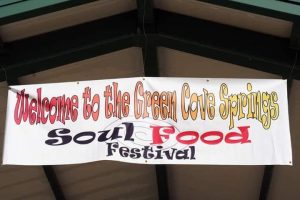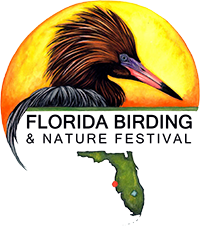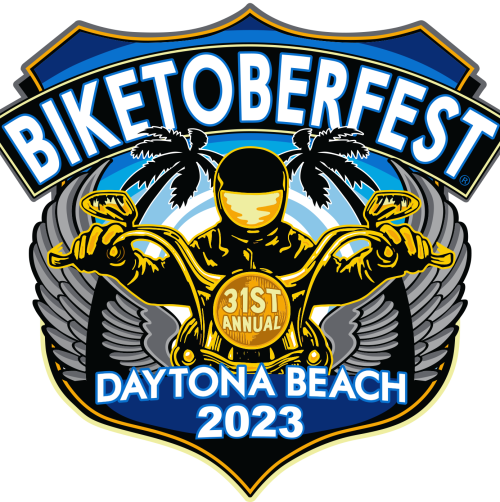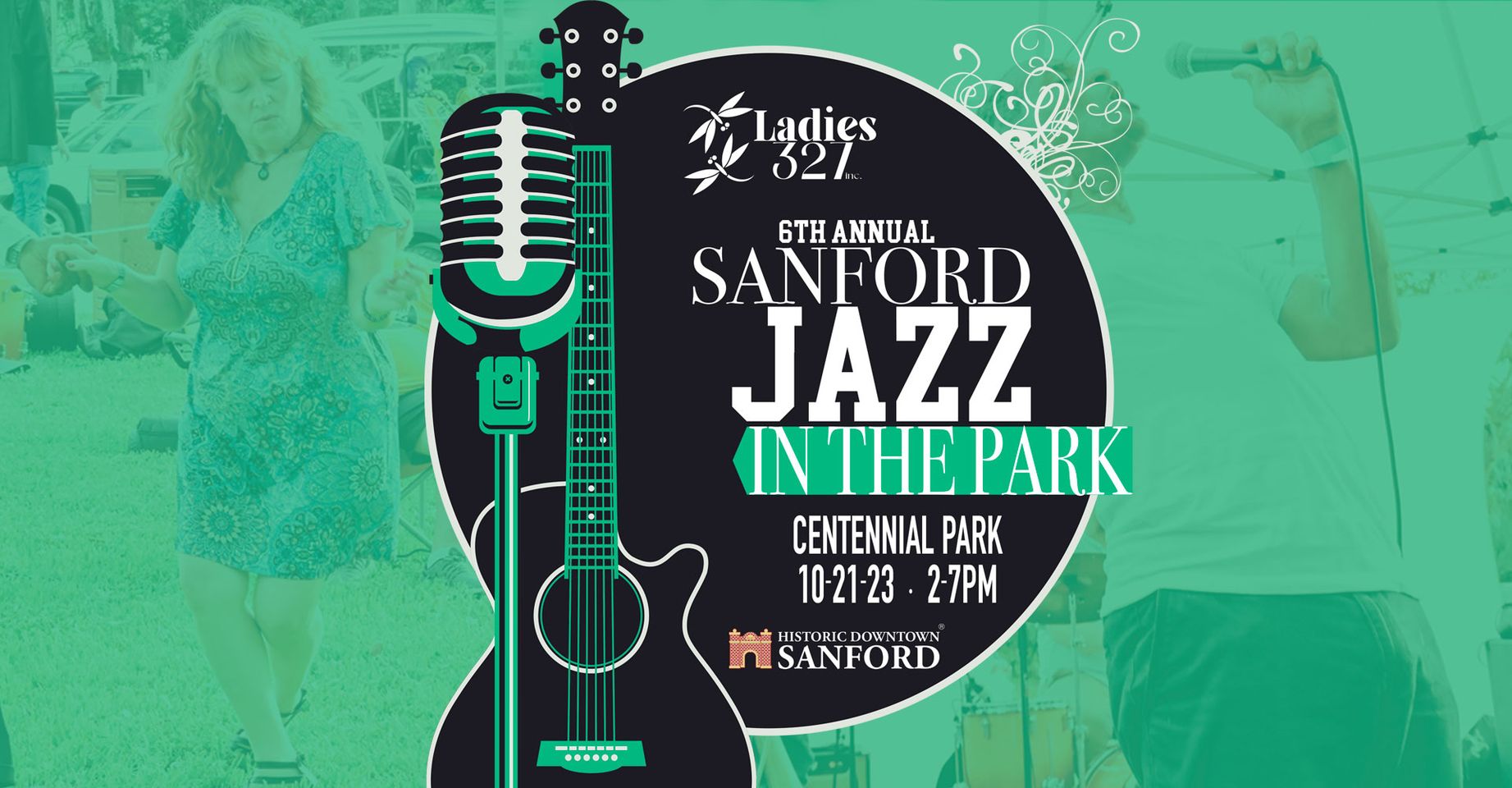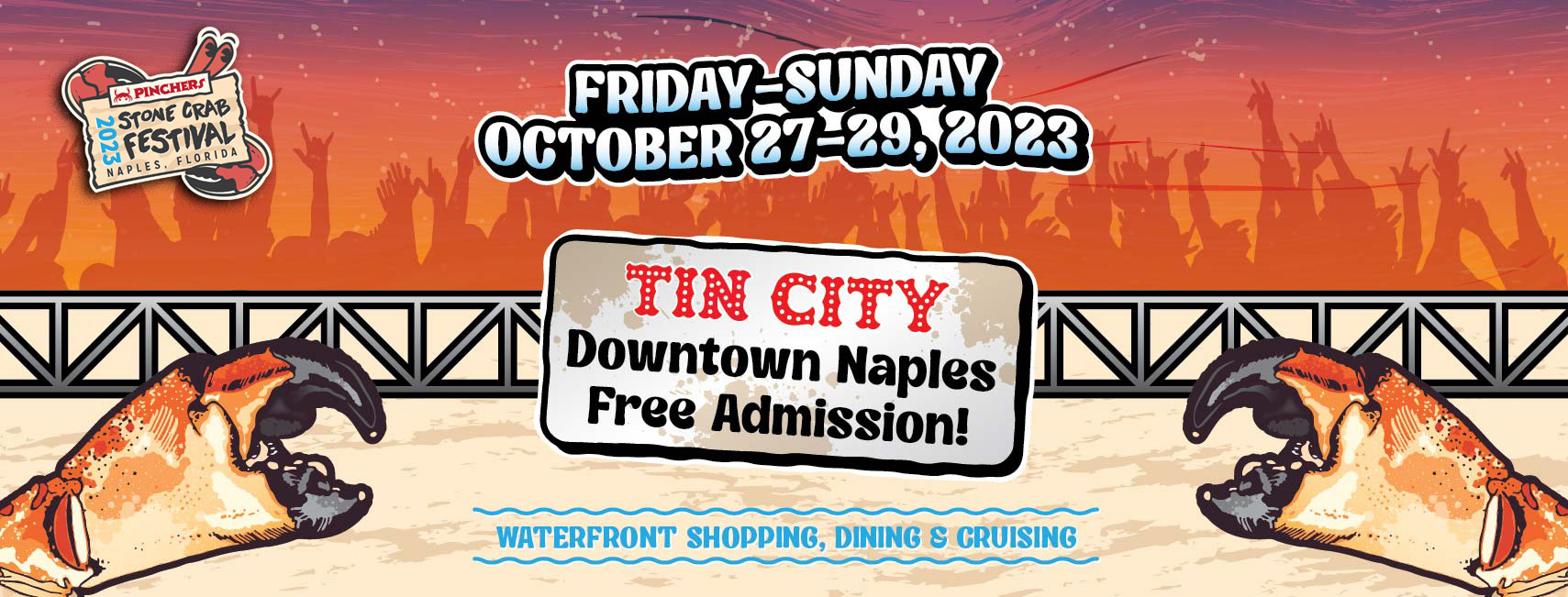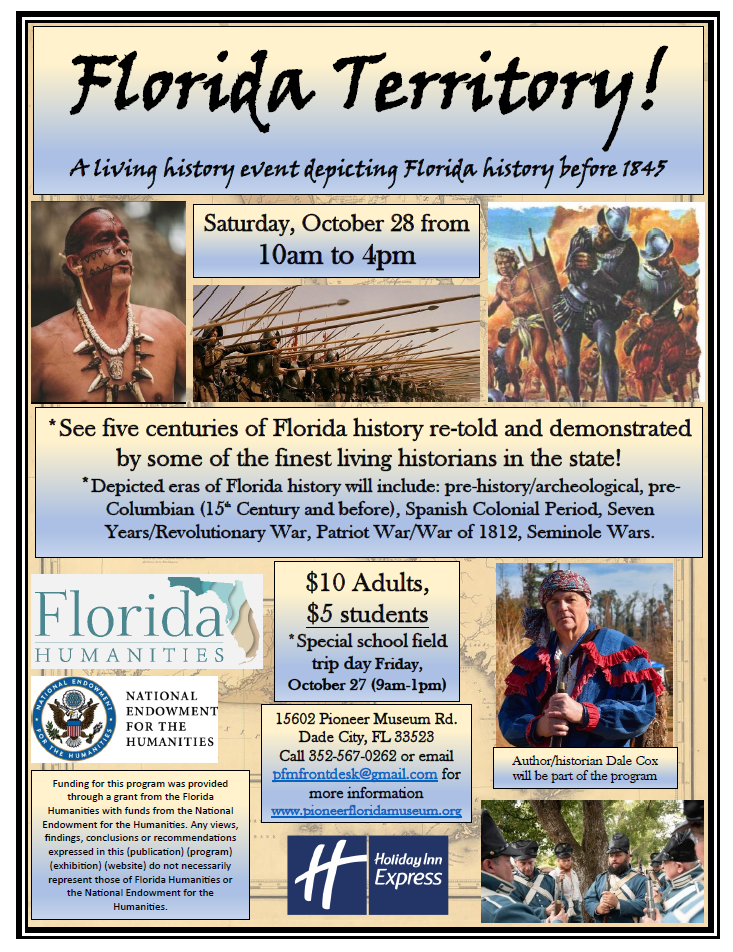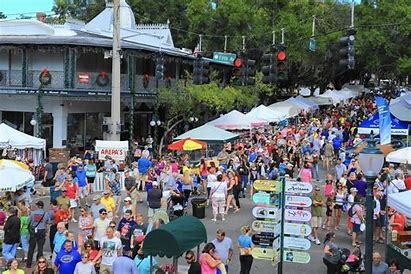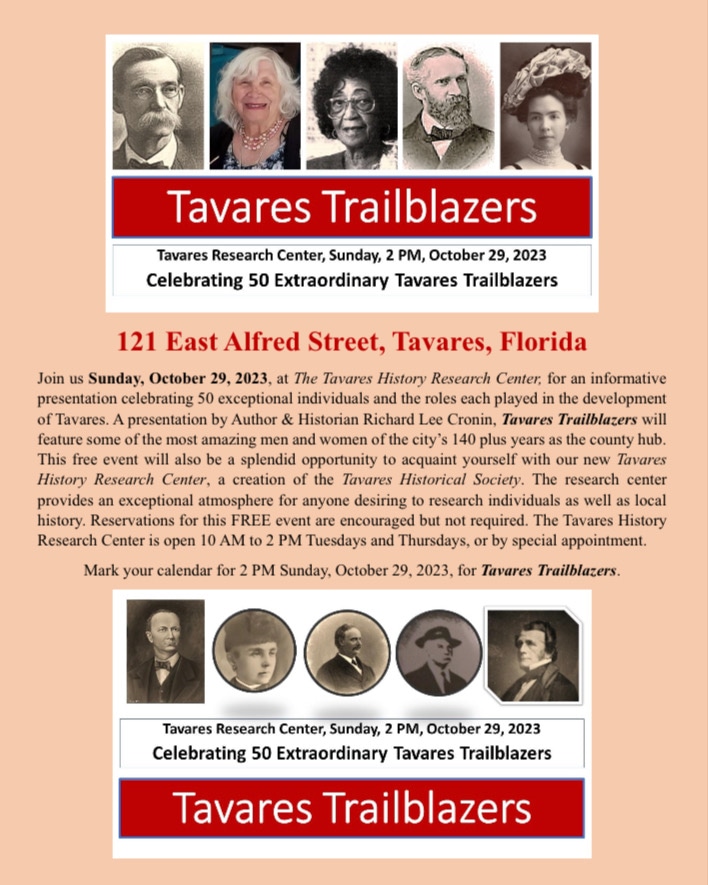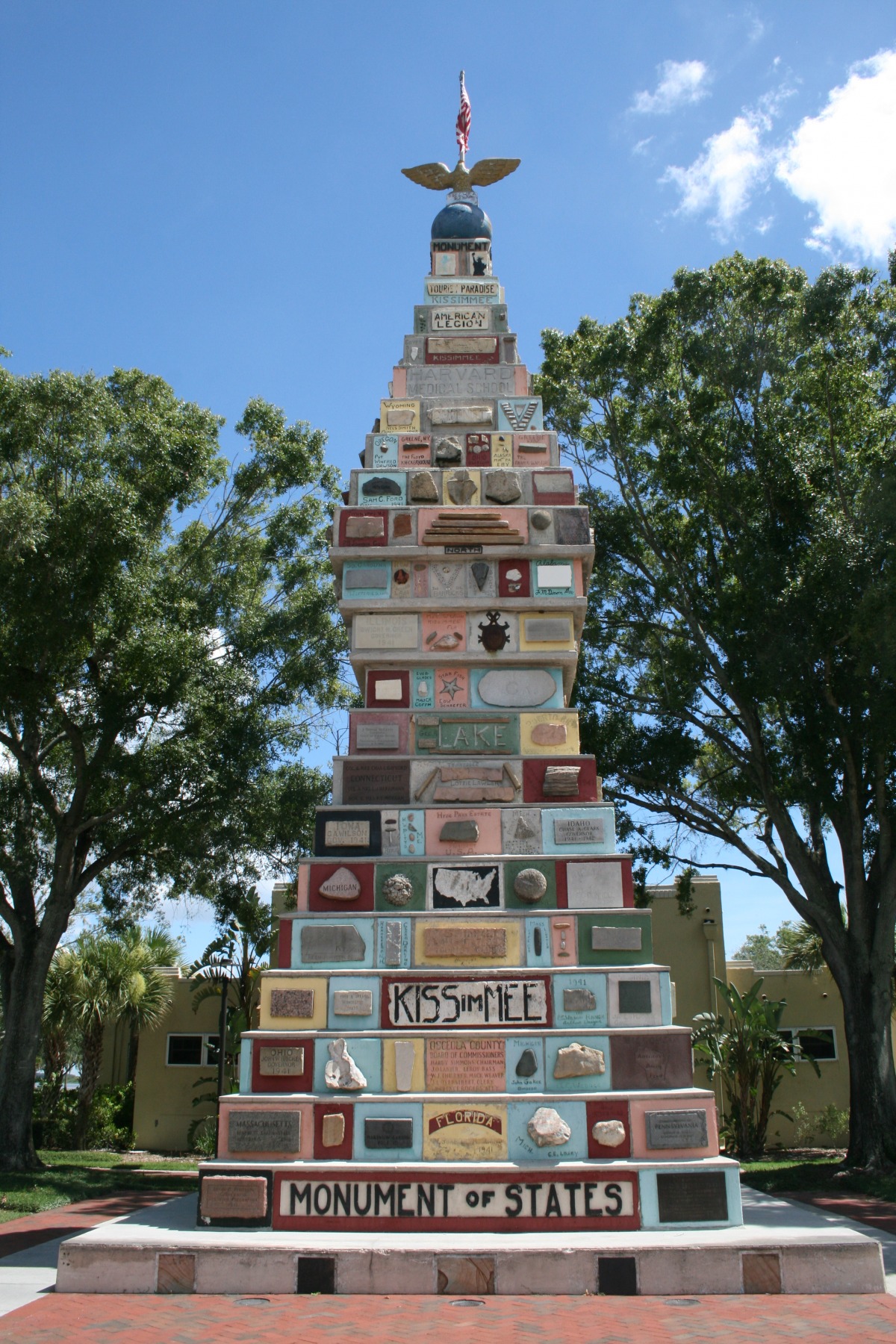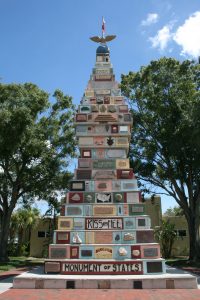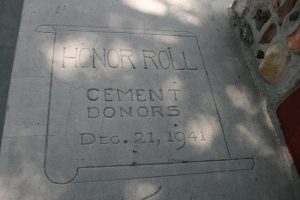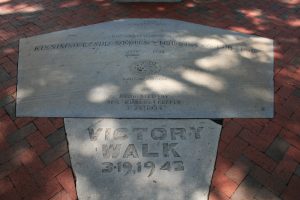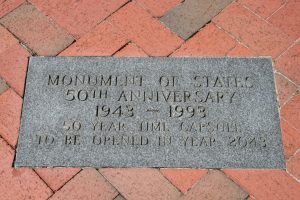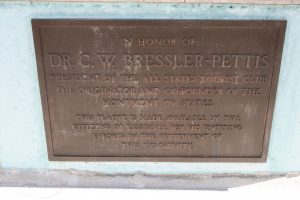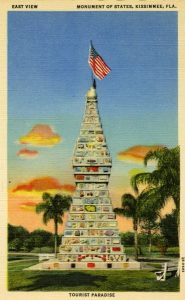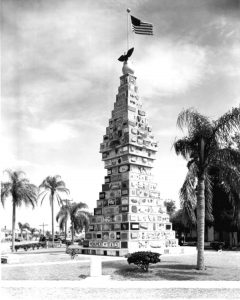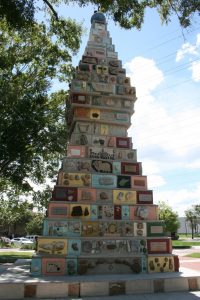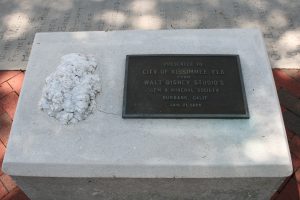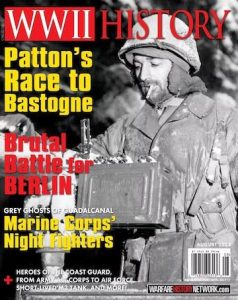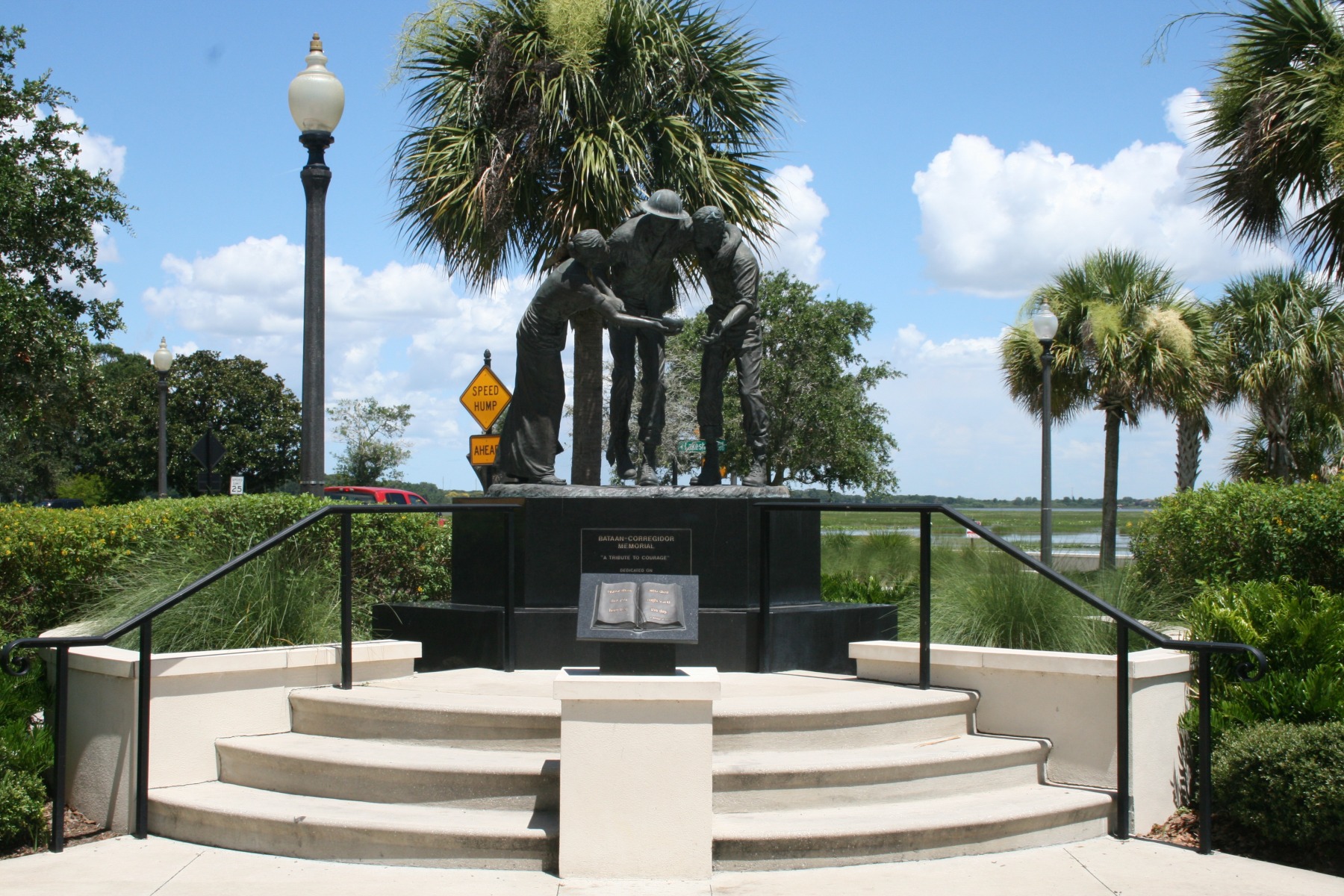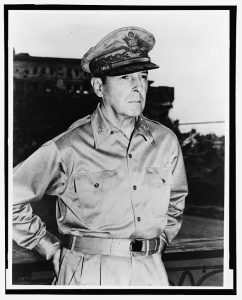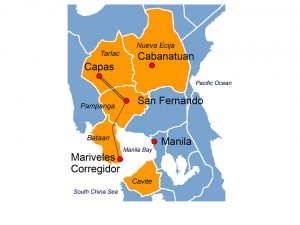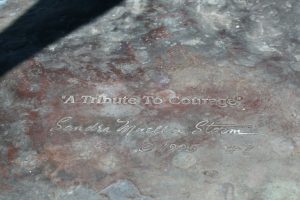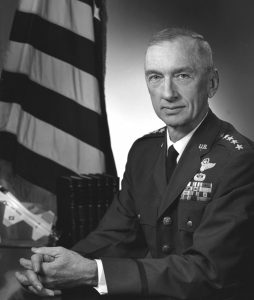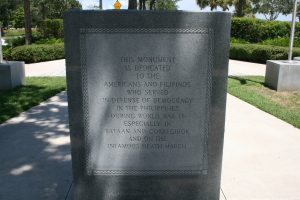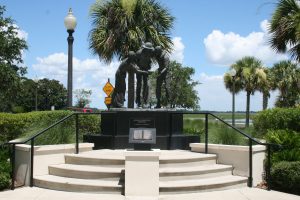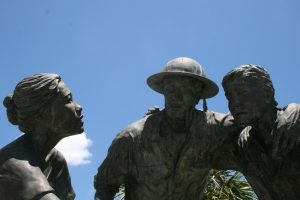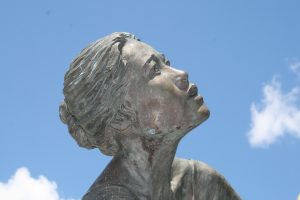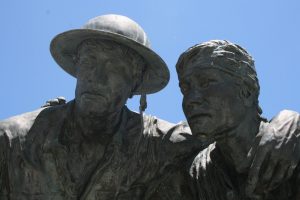The Best Events and Festivals in Florida July 2024

Are you searching for the best events and festivals in Florida in July 2024? Thanks for visiting. Please use the links below to find fun events for all ages.
Florida hosts some amazing events and festivals. Each month I hope to take a look at a dozen or so of these in hopes of bringing you fun, exciting, and unexpected ways to enjoy our state.
If you have an event or know of one coming up that you feel should be highlighted, please drop me a line with as much information as you can, including a website. I’ll be glad to include your suggestions in future posts.
I have listed events in date order.
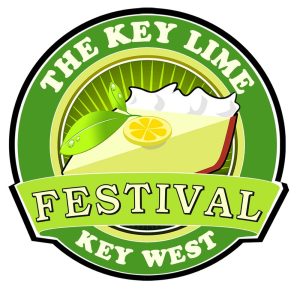 Key Lime Festival July 3-7 Key West
Key Lime Festival July 3-7 Key West
2024 is shaping up to be the best Key Lime Festival yet. We’re pleased to offer a full 5 days of culinary events for every taste, including favorites from past years like the Key Lime Cocktail Sip & Stroll and Key Lime Pie Hop and new favorites for Key Lime lovers! We’ve also added a few intimate culinary events for our VIP Key Lime lovers!
Want to know more about the history of the Key Lime Pie and how it came to be the dessert of Key West. Read David L. Sloan’s fascinating book,
 BBQ Challenge on Flagler Avenue July 6 New Smyrna Beach
BBQ Challenge on Flagler Avenue July 6 New Smyrna Beach
Like other food challenges on Flagler Avenue in New Smyrna Beach, the NSB Bbq Challenge guests will use their tasting passports to visit the host sites and taste sample sized bbq portions prepared in multiple different ways like chicken, beef, pork, seafood. Tasting passports and maps picked up at the Welcome corner of S. Cooper Street and Flagler Avenue on the day of the event. Passports will be for sale on the day of the event starting at 1230 pm however, we strongly suggest pre-ordering your passport on Eventbrite as WE WILL SELL OUT!
Tickets available in advance using the link provided. Tickets are $20 plus service charge.
Orlando Tiki Fest 2024  July 9 Kissimmee
July 9 Kissimmee
We are proud to present for the third consecutive year the Orlando Tiki Fest 2024 with great celebrities from the industry, where we will have tastings of Rum, and other spirits, including emerging experiences Master Classes, as well as the most important cocktail competition at the national level “Tiki League USA”, heading to the Grand Final of the Latin American Cocktail Championship (LACC) and for the first time more than 20 countries compete for the great BARTENDERS LATAM USA CUP 2024 with great prizes.
Buy your tickets online, starting at $14.99.
 Mango Festival July 13 and 14 Fairchild Tropical Botanical Garden in Coral Gables
Mango Festival July 13 and 14 Fairchild Tropical Botanical Garden in Coral Gables
Make your mango dreams come true at the 2024 edition of Fairchild Garden’s annual Mango Festival. This highly-anticipated, two-day mango fest showcases countless varieties of the succulent fruit as well as an exciting lineup of events and activities that include cooking demos, mango tastings, signature mango brunch, mango lectures, live music, lawn games and more. Food options abound with refreshing mango smoothies, an assortment of food vendors featuring mango-based menus and specialty mango cocktails. If you’d like to grow your own mangos, mango seedlings will also be available for purchase.
The festival is slated to run over the weekend from Saturday, July 13 through Sunday, July 14. Tickets for the Mango brunch, mango tasting, mango smoothie, mango cocktail flight and La Tropical Beer tasting must be purchased separately in addition to festival admission.new sTickets are about $25 per adult. Discounts for seniors and children.
While in the Miami area, be sure to take a visit to the Little Havana area. This incredible area is filled with music, food, history, and culture of all types. To make the most of your time, take a 2.5 hour guided walking tour. From the Bay of Pigs to Santeria to the story of cigar making to the famous chess players you see and hear it. Get recommendations on where to eat and avoid the average, while enjoying traditional Cuban fare. Click the link for details and to reserve your tour.
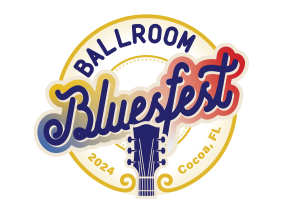 Ballroom Blues Festival July 13 and 14 Cocoa
Ballroom Blues Festival July 13 and 14 Cocoa
Hosted by the Space Coast Convention Center in Cocoa, Florida, Ballroom Bluesfest is a two-day, indoor festival that includes all-day LIVE blues from your favorite national artists! Also, featuring VIP reserved and reserved seating, full liquor bar, food packages, secured VIP car and motorcycle parking, optional overnight accommodations, and no need to worry about the weather!
Featuring acts such as Pat Travers, The Robby King Band, Solomon Hicks, The Boneshakers, and many more, this is an event any blues fan will want to attend.
Tickets start at $66 per person.
Loxahatchee River Heritage Day
July 13 Jupiter Inlet
Join us at the Jupiter Inlet Lighthouse & Museum on July 13th for Loxahatchee River Heritage Day, a unique event designed for adults to explore and celebrate the rich history and natural beauty of the Loxahatchee River region.
Meet local history authors and representatives from various historical societies and museums at our vendor booths!
Admission to the lighthouse looks to be $12 with a couple of discount programs for seniors, children, and veterans.
Hemingway Days
July 16-21 Key West
Ernest Hemingway look-alikes, writers, anglers, and fans of the late author’s work are to gather in Key West Tuesday through Sunday, July 16-21, 2024, for the annual Hemingway Days celebration. The festival honors the legacy of the American literary giant who lived and wrote on the island for most of the 1930s.
Hemingway Days events take place throughout Key West.
 33rd Annual Caladium Festival and Annual Car and Bike Show July 26 through 28 Lake Placid (located near Sebring)
33rd Annual Caladium Festival and Annual Car and Bike Show July 26 through 28 Lake Placid (located near Sebring)
Lake Placid, Florida and the surrounding Sebring area are rich with natural beauty, excellent growing conditions, and talented people. While caladiums are the heart of our popular Caladium Festival, the event also highlights our creative community as well as our local heritage and culture.
In addition to caladiums, find a car & bike show, floral arrangement competition, art & craft booths, food, entertainment, and bus tours. The event looks to be free but there is a charge for the bus tours.
They advise not bringing your pet due to the July heat in Florida. The hot pavement can become dangerous for little paws.
To conclude, I want to thank you for reading my listing of the best events and festivals in Florida in July 2024. Check back every month otherwise you might miss out on a great event you did not know about. If you are sponsoring or hosting an upcoming event, drop me a line so I can include it. Maybe we can work together on a blog post and social media posts to promote the event. Let’s hear your ideas.

This post may contain affiliate links. If you click these links and make a purchase, I may receive a small commission. This commission does not affect any price that you pay. Affiliate programs or sponsors providing products do not influence my views and opinions





